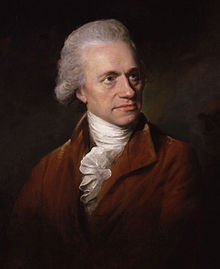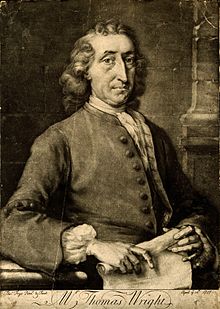Energy is radiated by the sun and other stars outside of the narrow visible spectrum of colours.
- Who Discovered it: Frederick Herschel (IR) and Johann Ritter (UV)
- Year of Discovery: 1800 and 1801
How was it Discovered?
Infrared and ultraviolet radiation are key-parts of our scientific development over the past 200 years. Yet until 1800 it never occurred to anyone that radiation could exist outside the narrow band that human eyes detect. The discovery of infrared and ultraviolet light expanded science’s view beyond the visible light to the whole radiation spectrum, from radio waves to gamma rays.
Infrared (IR) radiation has been key to many astronomical discoveries. In addition, earth science uses IR to measure heat in studies of everything from ocean temperatures to forest health. IR sensors power burglar alarms, fire alarms, and police and fire infrared detectors. Biologists have discovered that many birds and insects detect IR radiation with their eyes.
Ultraviolet light (UV) led to a better understanding of solar radiation and to high-energy parts of the spectrum, including X-rays, microwaves, and gamma rays.
Frederick Herschel was born in Hanover, Germany, in 1738. As a young man, he grew into a gifted musician and astronomer. It was Herschel who discovered the planet Uranus in 1781, the first new planet discovered in almost 2,000 years.
In late 1799 Herschel began a study of solar light. He often used colour filters to isolate parts of the light spectrum for these studies and noted that some filters grew hotter than others. Curious about this heat in solar radiation, Herschel wondered if some colours naturally carried more heat than others.
To test this idea, Herschel built a large prism. In a darkened room, he projected the prism’s rainbow light spectrum onto the far wall and carefully measured the temperature inside each of these separate coloured light beams.
Herschel was surprised to find that the temperature rose steadily from violet (coolest) to a maximum in the band of red light. On a sudden impulse, Herschel placed a thermometer in the dark space right next to the band of red light (just beyond the light spectrum).
This thermometer should have stayed cool. It was not in any direct light. But it didn’t.
This thermometer registered the most heat of all.
Herschel was amazed. He guessed that the sun radiated heat waves along with light waves and that these invisible heat rays refract slightly less while traveling through a prism than do light rays. Over the course of several weeks, he tested heat rays and found that they refracted, reflected, bent, etc., exactly like the light. Because they appeared below red light, Herschel named them infrared (meaning below red).
Johann Ritter was born in 1776 in Germany and became a natural science philosopher. His central beliefs were that there were unity and symmetry in nature and that  all natural forces could be traced back to one prime force, Urkraft.
all natural forces could be traced back to one prime force, Urkraft.
In 1801, Ritter read about Herschel’s discovery of infrared radiation. Ritter had worked on sun light’s effect on chemical reactions and with electrochemistry (the effect of electrical currents on chemicals and on chemical reactions). During this work, he had tested light’s effect on silver chloride and knew that exposure to light turned this chemical from white to black. (This discovery later became the basis for photography.)
Ritter decided to duplicate Herschel’s experiment but to see if all colors darkened silver chloride at the same rate. He coated strips of paper with silver chloride. In a dark room, he repeated Herschel’s setup. But instead of measuring temperature in each color of the rainbow spectrum projected on a wall, Ritter timed how long it took for strips of silver chloride paper to turn black in each color of the spectrum.
He found that red hardly turned the paper at all. He also found that violet darkened paper the fastest.
Again mimicking Herschel’s experiment, Ritter placed a silver chloride strip in the dark area just beyond the band of violet light. This strip blackened the fastest of all!
Even though this strip was not exposed to visible light, some radiation had acted on the chemicals to turn them black. Ritter had discovered radiation beyond violet (ultraviolet) just as Herschel had discovered that radiation existed below the red end of the visible spectrum (infrared).

 shell of stars, with Earth at its centre. Nothing existed in the immense void between Earth and that shell of stars except the few planets and the sun.
shell of stars, with Earth at its centre. Nothing existed in the immense void between Earth and that shell of stars except the few planets and the sun.